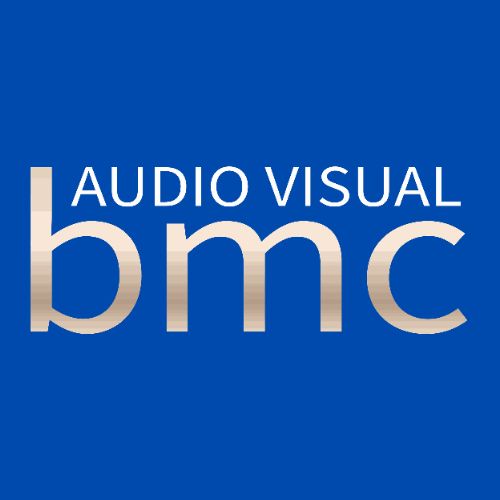Audio-visual conference room design plays a pivotal role in facilitating effective communication, collaboration, and presentations in modern workplaces. These spaces are meticulously crafted to enhance the quality of audio and visual interactions, creating immersive environments that foster productivity and engagement during meetings, presentations, and remote collaborations.
One of the key elements of audio-visual conference room design is the integration of cutting-edge technology to ensure seamless connectivity and functionality. This includes high-definition displays or projection systems, state-of-the-art sound systems, video conferencing equipment, and interactive whiteboards or touchscreen displays, all of which work together to deliver an immersive and interactive user experience.
Moreover, thoughtful consideration is given to the layout and acoustics of the conference room to optimize audio clarity and minimize distractions. Strategic placement of speakers, microphones, and acoustic treatments helps to create balanced sound distribution and reduce echo or background noise, ensuring clear and intelligible communication during meetings and presentations.
Additionally, audio-visual conference room design incorporates flexible and user-friendly control systems that allow for easy operation and customization of audio-visual equipment. Intuitive interfaces and wireless connectivity options enable users to seamlessly switch between different media sources, adjust audio levels, and control lighting to create the desired ambiance for various meeting scenarios.
In summary, audio-visual conference room design combines advanced technology, thoughtful layout, and user-friendly controls to create dynamic and immersive spaces that enhance communication, collaboration, and productivity in modern workplaces. By investing in innovative design solutions, organizations can create conference rooms that inspire creativity, foster teamwork, and drive business success.





